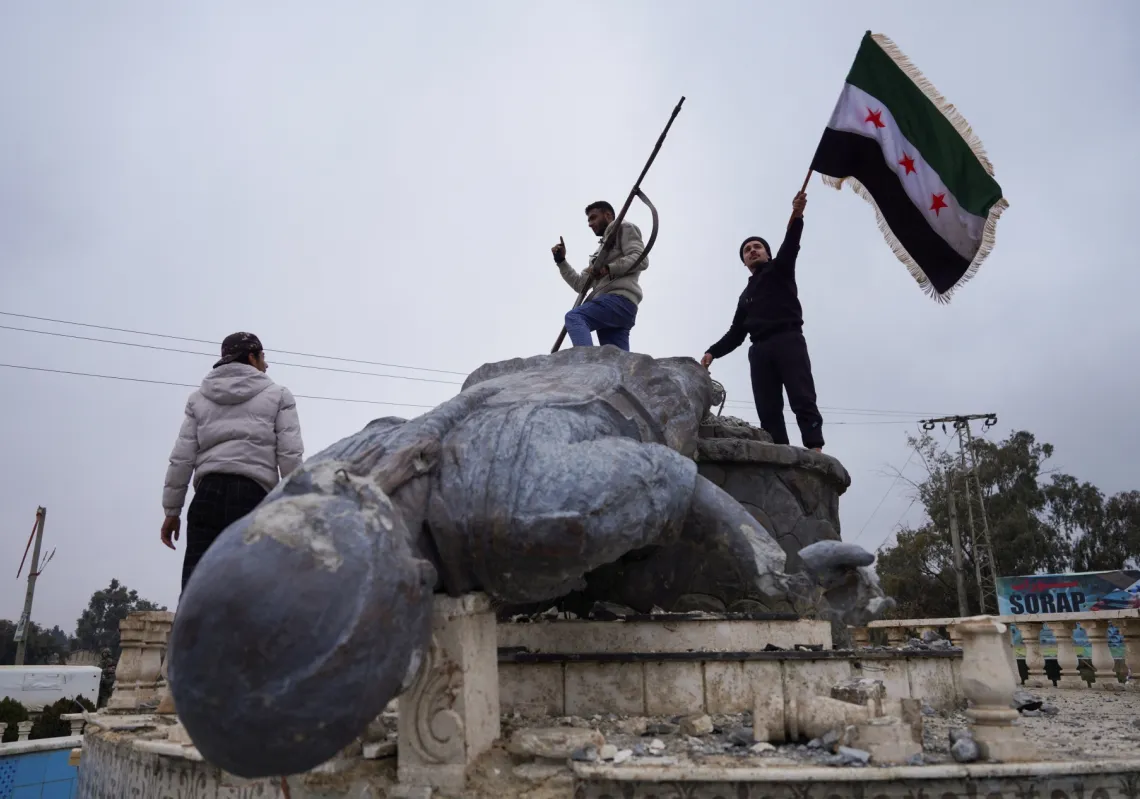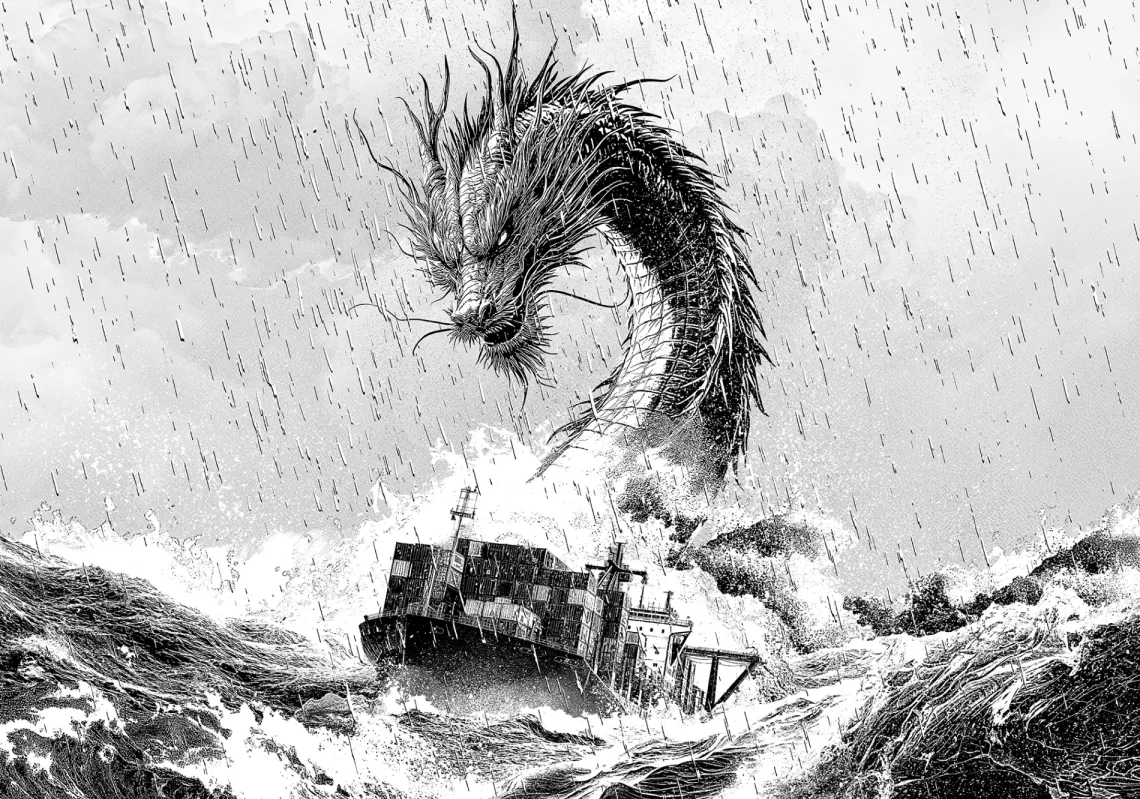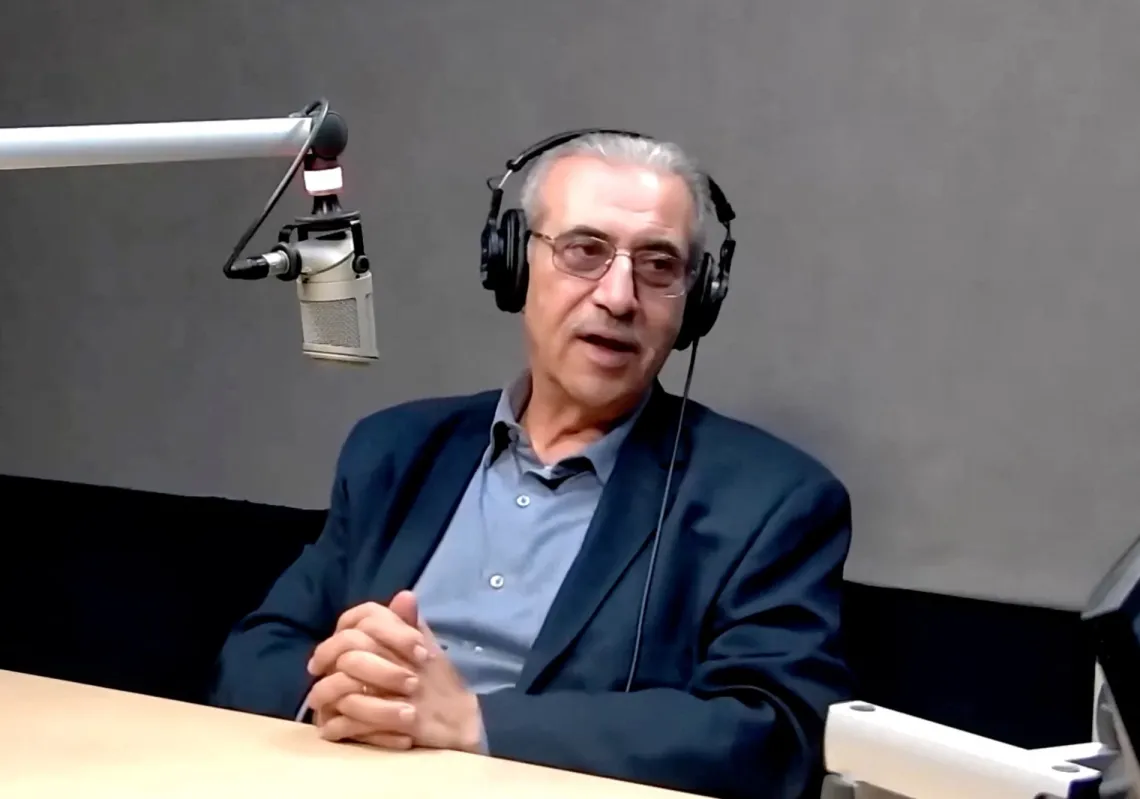It’s been a century since the seminal work The Prophet by Lebanese-American poet, artist, and philosopher Gibran Kahlil Gibran (1883-1931) was released.
Since September 1923, more than nine million copies have been printed by Alfred A. Knopf in New York. This doesn’t count the editions and translations released in over a hundred countries.
Yes, Gibran’s The Prophet is a bestseller, but more than that, it’s a timeless entry into literary history, with its enduring impact and universal appeal.

Since day one, scholars have tried to demystify the inspiration behind Gibran’s words.
One compelling (yet somewhat faulty) theory links it to the ideas of Friedrich Nietzsche’s Thus Spoke Zarathustra. In the philosopher's magnum opus, wisdom flows from the lips of a revered religious figure, much like the Prophet in Gibran’s work.
However, while there are similarities, there are also stark differences in structure and meaning.
Others have compared it to the art born out of British Romanticism, particularly William Blake’s work. There are clear parallels between these two figures and their artistic interests, pursuits and fixations. Still, it’s difficult to pinpoint one specific work of Blake’s that could be considered, unequivocally, a muse for Gibran’s The Prophet.
In between these hypotheticals, one hasn’t been fully explored: the potential influence of Islamic Sufism, Buddhism, Hinduism and Baha'iism.













